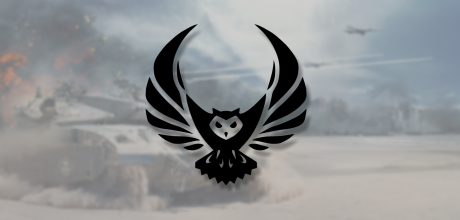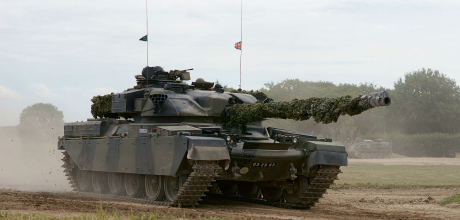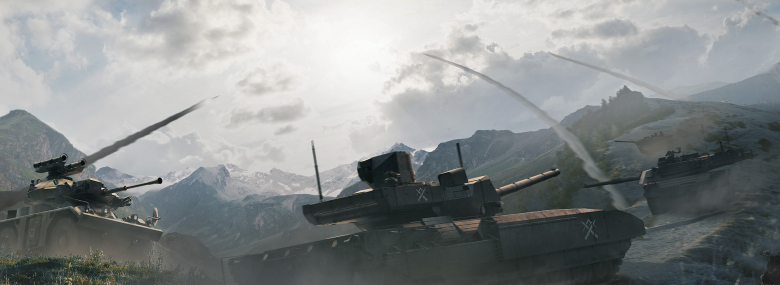
Commanders!
The Merkava Mk.2B is an updated version of the Merkava Mk.2 and an upcoming Tier 6 Main Battle Tank of the Israeli branch.
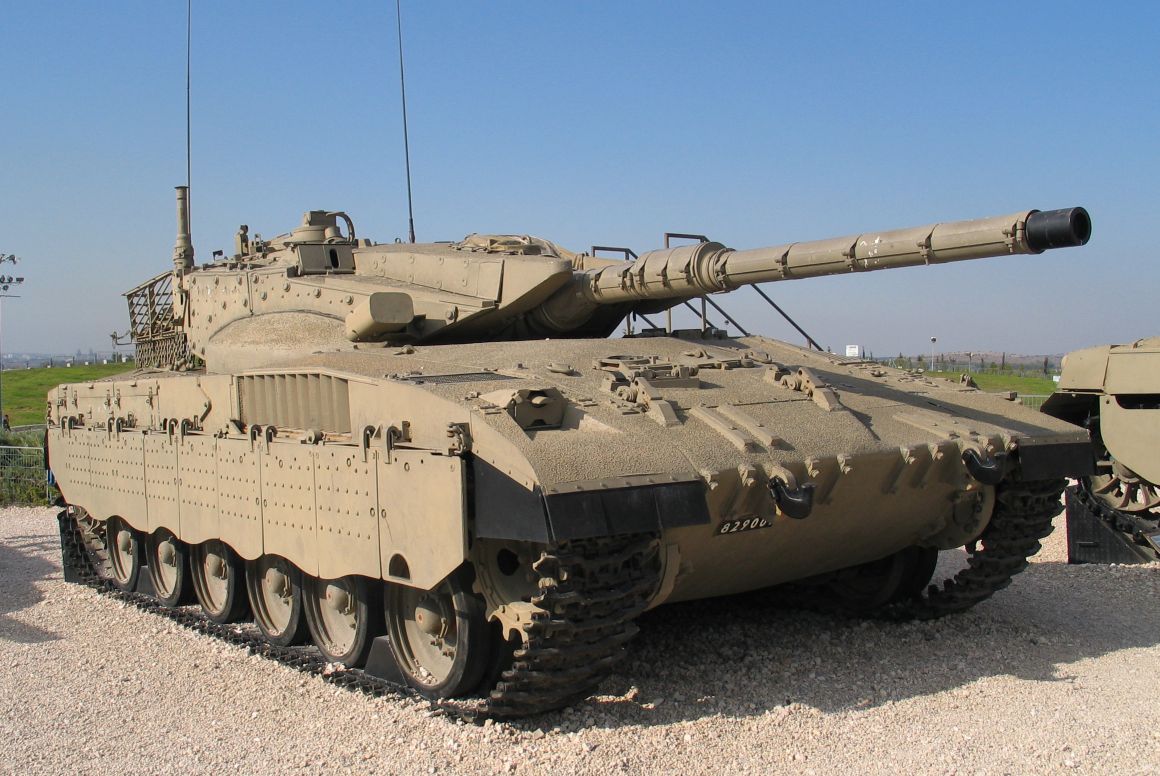
Merkava Mk.2
In many ways, Merkava Mk.2 was what Mk.1 should have been. The Merkava Mk.1 was basically a limited production run that would under normal circumstances serve to solve any issues left from its development and prepare the tank for its real mass production run. Unfortunately, the Israelis didn’t have that kind of resources and so the Merkava Mk.1 went to war in its raw form.
Its introduction was, relatively speaking, a success – there were some issues with the Merkava though, such as:
- Poor reliability of the transmission
- Nasty shot trap at the rear of the turret
The latter issue gave birth to the iconic Merkava “hanging chains” that are still currently in use.
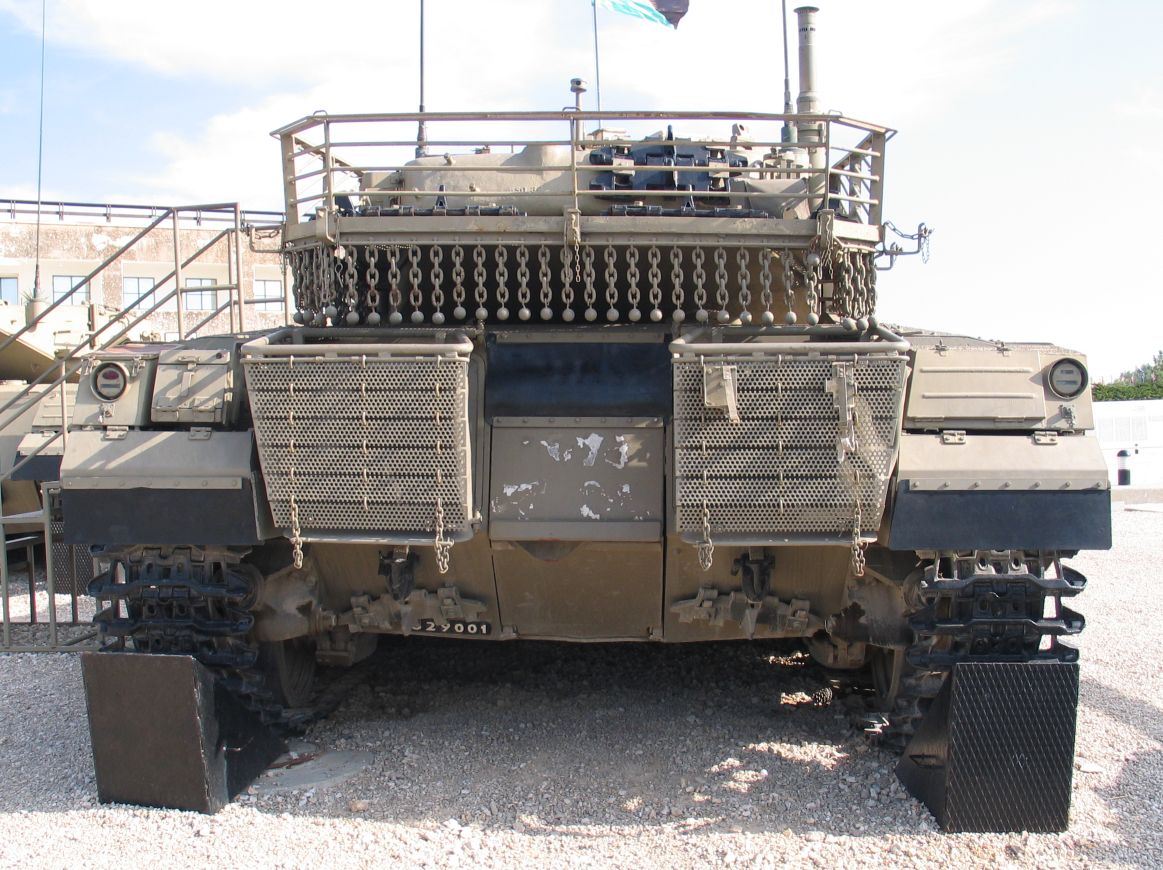
Merkava Mk.2 chains
The Merkava Mk.2 production model came too late to participate in the last major war of Israel. Or, rather, it was the other way around – the 1983 Merkava Mk.2 was a result of the experience gained in the war, aimed at removing the most obvious Mk.1 vulnerabilities. First, there was the protection. The basic Merkava Mk.2 received additional armor around its turret, flanks and the left side of its upper frontal plate.
These areas were analyzed after the 1982 war and were deemed to not offer significant protection, hence the upgrade. The aim was to especially improve the protection of the vehicle’s driver, both frontally and from the sides (the areas around the engine air intake became thicker).
Another easily recognizable feature of the Merkava Mk.2 was the installation of the abovementioned hanging chains ending with a steel ball to the rear of the vehicle (below the bustle). These were installed as an easy solution to detonate incoming RPGs in order to fix the shot trap issue and were later on added to the already built Merkava Mk.1s (the presence of such chains in combination with a 105mm gun is not an automatic Mk.2 indicator).
The turret stowage basked actually appeared on late Mk.1 models as well, that’s where it originated – it was then retrofitted to the earlier Mk.1 tanks as well as added to the Mk.2 model. The advantages of having an additional layer of spaced armor around the turret are obvious, but there are potential downsides as well – it arguably makes the tank more conspicuous (the silhouette becomes larger) – whether this is really a considerable issue is, however, debatable. In any case, the crews welcomed the opportunity to store a lot of stuff in these baskets, including camouflage netting, additional supplies and their personal kit.
And then there were the hull side skirts – these acted as another layer of spaced armor protecting the sides of the vehicle and gradually grew thicker with their design changing from iteration to iteration.
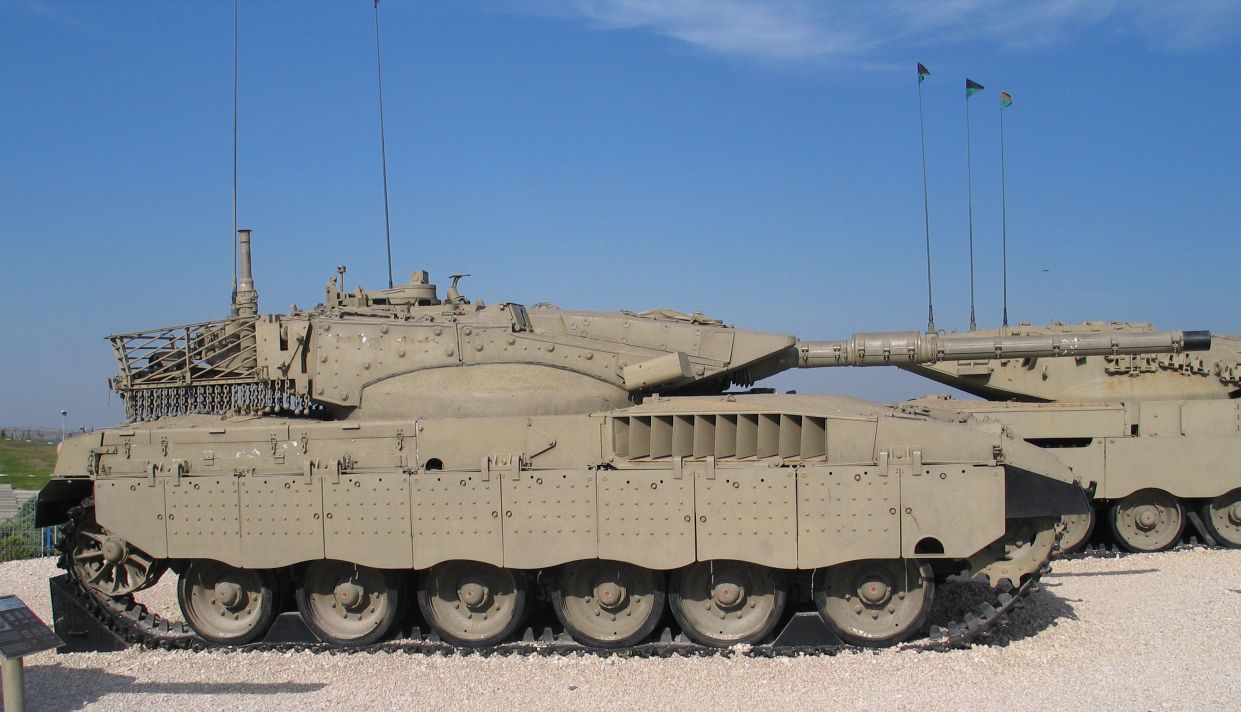
Merkava Mk.2
Additional protection improvements included:
- Spectronix automatic fire extinguisher (very effective, it practically eliminated all disabled Merkava crew burns between 1983 and 1997)
- IMI CL-3030 smoke grenade launchers (frontally mounted)
- Large turret stowage basket from high-grade steel, acting as low-level armor
As a result of these (and other) updates, the weight of the vehicle increased roughly from 60 and 63 tons.
Firepower-wise, there wasn’t all that big a difference between the Mk.1 and the initial Mk.2 model. The tank still used the M68 gun with the Matador FCS, manually loaded and fully stabilized. It was the mobility that was significantly improved, however – or, rather, the reliability.
The tank received a new automatic gearbox (license-produced improved Allison CD-850-6BX) as well as other upgrades to its drivetrain and suspension, resulting in a 25 percent increase to the vehicle’s operational range and a significant reliability increase. According to some sources, however, this change meant that the 900hp AVDS-1790-6A engine was not transmitting as much power to the tank’s drive sprocket. In other words, the Merkava Mk.2 was said to have worse acceleration than the Mk.1 model. The ride was, however, smoother thanks to further upgrades made to its suspension.
The Mk.2 Merkava was also, based on the 1982 experience, equipped with fittings for a mineclearing device (basically a big roller that was based design-wise on the Russian KMT series). This was due to the fact that in 1982, the Merkavas encountered a lot of minefields as well as other improvised fortifications that an engineering device would be very useful in dismantling.
Starting from 1984, a model with an upgraded Elbit Matador 2 FCS appeared. The upgrades included:
- Modern Neodymium YAG laser rangefinder
- Improved ballistics computer
- Cross-wind sensor
- Thermal optics
This variant is sometimes referred to as Merkava Mk.2A (or Mk.2 Alef) and it was an interim model at best – the fire control system had some issues early on, leading to a strange situation where older models of Israeli tanks actually had better accuracy. Additionally, a rotating episcope was added to the tank’s loading hatch as well.
From 1985 forwards, the Merkava Mk.2 received its final major upgrade to the Mk.2B (or Mk.2 Bet). This upgrade consisted of:
- Improved (fixed) Matador 2 FCS from the earlier Mk.2 model
- Improved side skirts (consisting of rather thick armor with modified hinges to cope with the weight)
- Moked “Third Eye” Laser Warning Receiver, providing a warning to the crew if the tank becomes illuminated by a laser
- 60mm IMI mortar was moved to the inside of the vehicle (it came very handy for firing at enemy infantry and for firing support – illumination and smoke – rounds)
- Improved commander’s hatch
The production of this model (and of the Merkava Mk.2 in general) ended in 1989 but it was subjected to further upgrades during its life span.

Merkava Mk.2B
Starting from the early 1990s, Merkava Mk.2 vehicles were retrofitted with yet another heavy layer of turret roof armor in order to deal with situations where Hezbollah terrorists fired RPGs or ATGMs at vulnerable turret roofs. Some sources claim that this heavy armor also helped against top-attack missiles. This variant doesn’t have an official name; it’s still a Merkava Mk.2B.
Starting from the late 1990s, the Merkava Mk.2B tanks were armed with a new M114 105mm APFSDS round. The APFSDS round was effective, but the old 105mm gun was already reaching its limits at that point and despite a large number of resources that were poured into further ammunition development, it has essentially reached its limits, which was why the Israelis basically went the same way the Soviets did two decades earlier and attempted to improve the lethality of the Merkava using a gun-launched missile system, eventually resulting in the LAHAT gun-launched missile that appeared on later Merkava models.
There’s one more Merkava Mk.2 model – the Merkava Mk.2B Dor Dalet (sometimes referred to as Merkava IID or Merkava Mk.2D), featuring an upgraded armor kit, which is already present in Armored Warfare as a Tier 7 Premium MBT. However, please note that the Dor Dalet kit will not appear on this Tier 6 progression vehicle.

Merkava Mk.2 tanks in northern Israel, 2006
In Armored Warfare, the Merkava Mk.2B will be an Israeli Branch Tier 6 Progression Main Battle Tank and one of the most powerful vehicles of its Tier. It will represent a mixture of the “front line fighter” Mk.1 approach and the “sniper” Magach approach. Armor-wise, it will be a solid (albeit not the best) vehicle, but where it will really shine will be its firepower with the highest MBT DPM on its Tier thanks to a four-round Ready Rack mechanism and the HESH shells available to it.
The penetration value will also be quite high, although not the highest with the damage per shot being only average. Rate of fire will be the key to its success but this level of firepower will be compensated by mediocre mobility, just like in the case of the Tier 5 Mk.1.
We hope that you will enjoy it and will see you on the battlefield!




